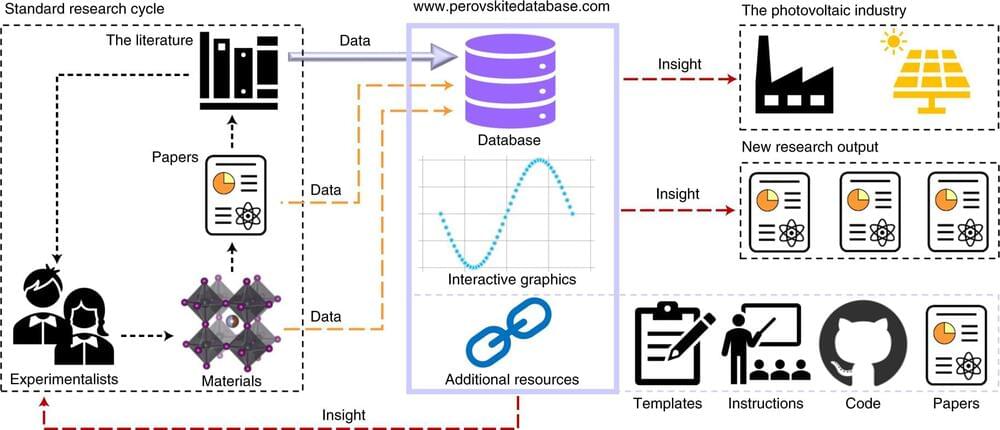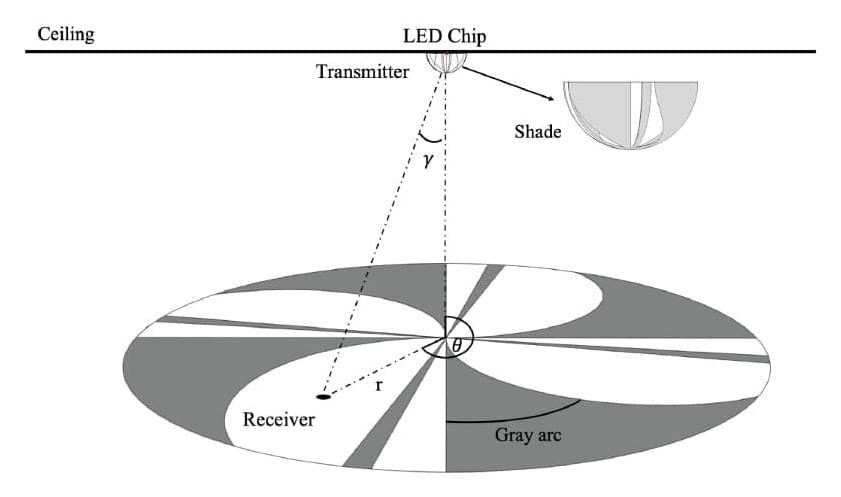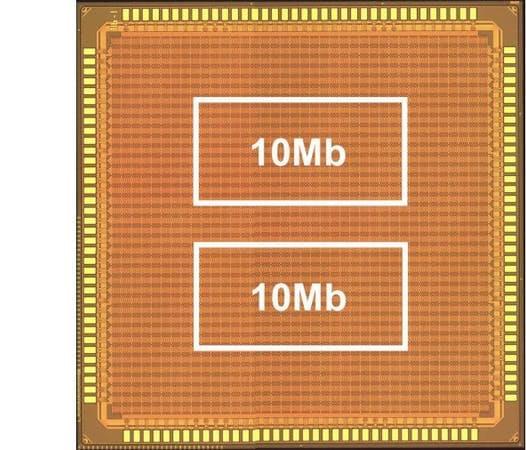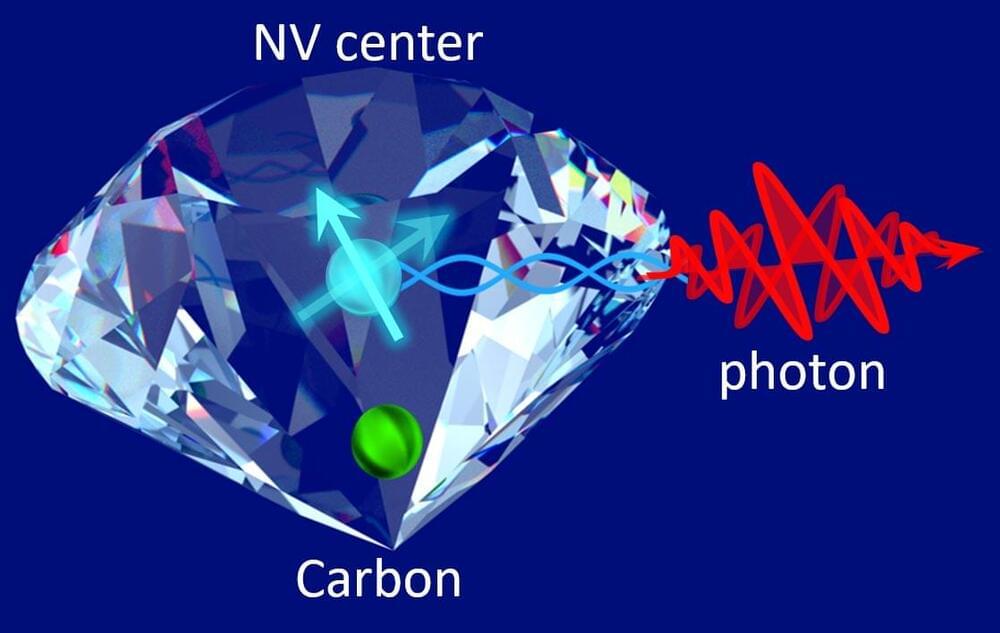Focus on strategic sectors like lithium and 5G puts U.S. and Europe on defensive.
HONG KONG — In late 2003, when much of the world was getting connected to Wi-Fi, China decided to do it differently.


An international team of experts has collected data on metal halide perovskite solar cells from more than 15,000 publications and developed a database with visualization options and analysis tools. The database is open source and provides an overview of the rapidly growing knowledge as well as the open questions in this exciting class of materials. The study was initiated by HZB scientist Dr. Eva Unger and implemented and coordinated by her postdoc Jesper Jacobsson.
Halide perovskites have huge potential for solar cells and other optoelectronic applications. Solar cells based on metal-organic perovskites achieve efficiencies of more than 25 percent, they can be produced cheaply and with minimal energy consumption, but still require improvements in terms of stability and reliability. In recent years, research on this class of materials has boomed, producing a flood of results that is almost impossible to keep track of by traditional means. Under the keyword “perovskite solar,” more than 19,000 publications had already been entered in the Web of Science (spring 2021).
Now, 95 experts from more than 30 international research institutions have designed a database to systematically record findings on perovskite semiconductors. The data are prepared according to the FAIR principles, i.e. they are findable, accessible, interoperable and reusable. By reading the existing literature, the experts have collected more than 42,000 individual data sets, in which the data can be filtered and displayed according to various criteria such as material compositions or component type. Researchers from several teams at HZB were involved in this Herculean task.
2021 saw massive growth in the demand for edge computing — driven by the pandemic, the need for more efficient business processes, as well as key advances in the Internet of Things, 5G and AI.
In a study published by IBM in May, for example, 94 percent of surveyed executives said their organizations will implement edge computing in the next five years.
From smart hospitals and cities to cashierless shops to self-driving cars, edge AI — the combination of edge computing and AI — is needed more than ever.

Cybersecurity researchers have demonstrated a new attack technique that makes it possible to leverage a device’s Bluetooth component to directly extract network passwords and manipulate traffic on a Wi-Fi chip, putting billions of electronic devices at risk of stealthy attacks.
The novel attacks work against the so-called “combo chips,” which are specialized chips that are equipped to handle different types of radio wave-based wireless communications, such as Wi-Fi, Bluetooth, and LTE.
“We provide empirical evidence that coexistence, i.e., the coordination of cross-technology wireless transmissions, is an unexplored attack surface,” a group of researchers from the Technical University of Darmstadt’s Secure Mobile Networking Lab and the University of Brescia said in a new paper.

In recent years, engineers have been trying to develop more effective sensors and tools to monitor indoor environments. Serving as the foundation of these tools, indoor positioning systems automatically determine the position of objects with high accuracy and low latency, enabling emerging Internet-of-Things (IoT) applications, such as robots, autonomous driving, VR/AR, etc.
A team of researchers recently created CurveLight, an accurate and efficient light positioning system. Their technology, described in a paper presented at ACM’s SenSys 2021 Conference on Embedded Networked Sensor Systems, could be used to enhance the performance of autonomous vehicles, robots and other advanced technologies.
“In CurveLight, the signal transmitter includes an infrared LED, covered by a hemispherical and rotatable shade,” Zhimeng Yin, one of the researchers who developed the system at City University of Hong Kong, told TechXplore. “The receiver detects the light signals with a photosensitive diode. When the shade is rotating, the transmitter generates a unique sequence of light signals for each point in the covered space.”


Controversial facial recognition company, Clearview AI, which has amassed a database of some 10 billion images by scraping selfies off the Internet so it can sell an identity-matching service to law enforcement, has been hit with another order to delete people’s data.
France’s privacy watchdog said today that Clearview has breached Europe’s General Data Protection Regulation (GDPR).
In an announcement of the breach finding, the CNIL also gives Clearview formal notice to stop its “unlawful processing” and says it must delete user data within two months.
Wasn’t it science-fiction writer, futurist, inventor, undersea explorer, and television series host, Arthur C. Clarke, who said, “Any sufficiently advanced technology is indistinguishable from magic?” Yes, in fact, it was! And the same is true today! Technology is magic! And the great thing about living in the future is we get to reap the benefits of all this technological advancement. Who doesn’t want lazer-precise internet? Why not take a vacation in outer space? Where is the driverless car taking us? These are the questions we face when we take a look at the future — up close… 15 Emerging Technologies That Will Change Our World.
For copyright issues, please feel free to e-mail me: [email protected]

Semiconductor specialist Renesas has announced two new technologies designed to dramatically improve the efficiency of embedded devices built for the Internet of Things — by reducing the power required to write into RAM.
“With the accelerated spread of IoT technology in recent years, there has been strong demand for reduced power consumption in microcontroller units (MCUs) used in endpoint devices,” the company claims in its technology announcement. “MRAM requires less energy for write operations than flash memory, and is thus particularly well suited for applications with frequent data updates.”
“However, as demand for data processing capability surges for MCUs, the need to ameliorate the trade off between performance and power consumption increases. Therefore, further power consumption reduction remains a pressing issue.”

Flaws in diamonds — atomic defects where carbon is replaced by nitrogen or another element — may offer a close-to-perfect interface for quantum computing 0, a proposed communications exchange that promises to be faster and more secure than current methods. There’s one major problem, though: these flaws, known as diamond nitrogen-vacancy centers, are controlled via magnetic field, which is incompatible with existing quantum devices. Imagine trying to connect an Altair, an early personal computer developed in 1974, to the internet via WiFi. It’s a difficult, but not impossible task. The two technologies speak different languages, so the first step is to help translate.
Researchers at Yokohama National University have developed an interface approach to control the diamond nitrogen-vacancy centers in a way that allows direct translation to quantum devices. They published their method today (December 15, 2021) in Communications Physics.
“To realize the quantum internet, a quantum interface is required to generate remote quantum entanglement by photons, which are a quantum communication medium,” said corresponding author Hideo Kosaka, professor in the Quantum Information Research Center, Institute of Advanced Sciences and in the Department of Physics, Graduate School of Engineering, both at Yokohama National University. “.